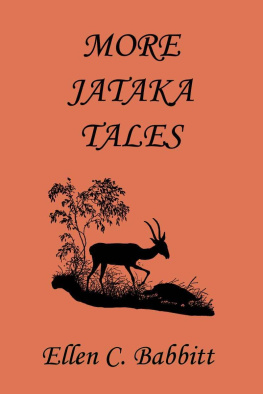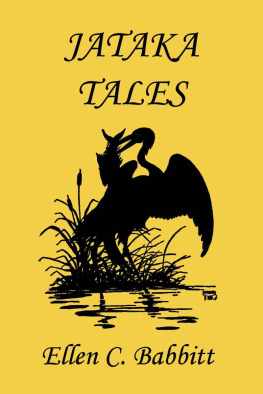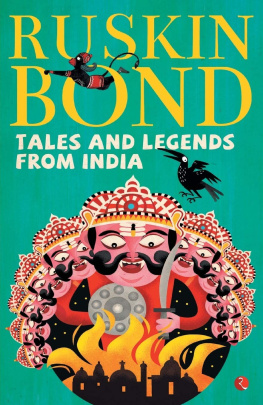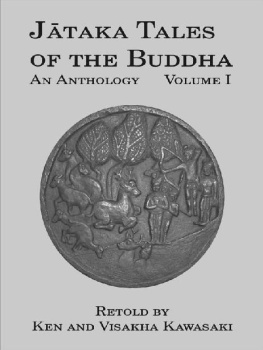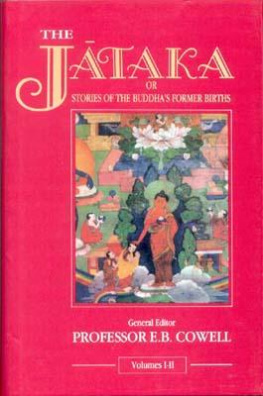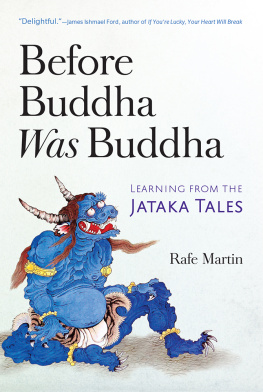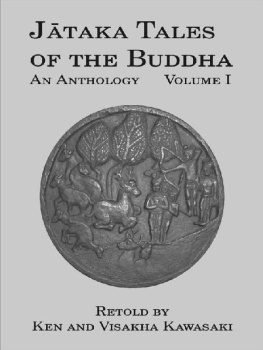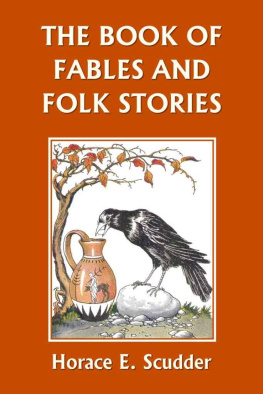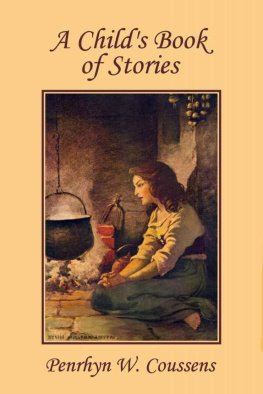More Jataka Tales
by
Ellen C. Babbitt
Yesterday's Classics
Chapel Hill, North Carolina
Cover and Arrangement 2010 Yesterday's Classics, LLC
All rights reserved. No part of this book may be reproduced or retransmitted in any form or by any means without the written permission of the publisher.
This edition, first published in 2010 by Yesterday's Classics, an imprint of Yesterday's Classics, LLC, is an unabridged republication of the work originally published by The Century Company in 1922. This title is available in a print edition (ISBN 978-1-59915-310-0).
Yesterday's Classics, LLC
PO Box 3418
Chapel Hill, NC 27515
Yesterday's Classics
Yesterday's Classics republishes classic books for children from the golden age of children's literature, the era from 1880 to 1920. Many of our titles are offered in high-quality paperback editions, with text cast in modern easy-to-read type for today's readers. The illustrations from the original volumes are included except in those few cases where the quality of the original images is too low to make their reproduction feasible. Unless specified otherwise, color illustrations in the original volumes are rendered in black and white in our print editions.
Foreword
The continued success of the "Jataka Tales," as retold and published ten years ago, has led to this second and companion volume. Who that has read or told stories to children has not been lured on by the subtle flattery of their cry for "more"?
Dr. Felix Adler, in his Foreword to "Jataka Tales," says that long ago he was "captivated by the charm of the Jataka Tales." Little children have not only felt this charm, but they have discovered that they can read the stories to themselves. And so "More Jataka Tales" were found in the volume translated from the Sanskrit into English by a group of Cambridge scholars and published by the University Press.
The Jataka tales, regarded as historic in the Third Century B. C., are the oldest collection of folk-lore extant. They come down to us from that dim far-off time when our forebears told tales around the same hearthfire on the roof of the world. Professor Rhys Davids speaks of them as "a priceless record of the childhood of our race. The same stories are found in Greek, Latin, Arabic, Persian, and in most European languages. The Greek versions of the Jataka tales were adapted and ascribed to the famous storyteller, Aesop, and under his name handed down as a continual feast for the children in the West,tales first invented to please and instruct our far-off cousins in the East." Here East, though East, meets West!
A "Guild of Jataka Translators," under Professor E. B. Cowell, professor of Sanskrit in the University of Cambridge, brought out the complete edition of the Jataka between 1895 and 1907. It is from this source that "Jataka Tales" and "More Jataka Tales" have been retold.
Of these stories, spread over Europe through literary channels, Professor Cowell says, "They are the stray waifs of literature, in the course of their long wanderings coming to be recognized under widely different aspects, as when they are used by Boccaccio, or Chaucer, or La Fontaine."
Contents
The Girl Monkey and the String of Pearls
O NE day the king went for a long walk in the woods. When he came back to his own garden, he sent for his family to come down to the lake for a swim.
When they were all ready to go into the water, the queen and her ladies left their jewels in charge of the servants, and then went down into the lake.
As the queen put her string of pearls away in a box, she was watched by a Girl Monkey who sat in the branches of a tree near-by. This Girl Monkey wanted to get the queen's string of pearls, so she sat still and watched, hoping that the servant in charge of the pearls would go to sleep.
At first the servant kept her eyes on the jewel-box. But by and by she began to nod, and then she fell fast asleep.
As soon as the Monkey saw this, quick as the wind she jumped down, opened the box, picked up the string of pearls, and quick as the wind she was up in the tree again, holding the pearls very carefully. She put the string of pearls on, and then, for fear the guards in the garden would see the pearls, the Monkey hid them in a hole in the tree. Then she sat near-by looking as if nothing had happened.
By and by the servant awoke. She looked in the box, and finding that the string of pearls was not there, she cried, "A man has run off with the queen's string of pearls."
Up ran the guards from every side.
The servant said: "I sat right here beside the box where the queen put her string of pearls. I did not move from the place. But the day is hot, and I was tired. I must have fallen asleep. The pearls were gone when I awoke."
The guards told the king that the pearls were gone.
"Find the man who stole the pearls," said the king. Away went the guards looking high and low for the thief.
After the king had gone, the chief guard said to himself:
"There is something strange here. These pearls," thought he, "were lost in the garden. There was a strong guard at the gates, so that no one from the outside could get into the garden. On the other hand, there are hundreds of Monkeys here in the garden. Perhaps one of the Girl Monkeys took the string of pearls."
Then the chief guard thought of a trick that would tell whether a Girl Monkey had taken the pearls. So he bought a number of strings of bright-colored glass beads.
After dark that night the guards hung the strings of glass beads here and there on the low bushes in the garden. When the Monkeys saw the strings of bright-colored beads the next morning, each Monkey ran for a string.
But the Girl Monkey who had taken the queen's string of pearls did not come down. She sat near the hole where she had hidden the pearls.
The other Monkeys were greatly pleased with their strings of beads. They chattered to one another about them. "It is too bad you did not get one," they said to her as she sat quietly, saying nothing. At last she could stand it no longer. She put on the queen's string of pearls and came down, saying proudly: "You have only strings of glass beads. See my string of pearls!"
Then the chief of the guards, who had been hiding near-by, caught the Girl Monkey. He took her at once to the king.
"It was this Girl Monkey, your Majesty, who took the pearls."
The king was glad enough to get the pearls, but he asked the chief guard how he had found out who took them.
The chief guard told the king that he knew no one could have come into the garden and so he thought they must have been taken by one of the Monkeys in the garden. Then he told the king about the trick he had played with the beads.
"You are the right man in the right place," said the king, and he thanked the chief of the guards over and over again.
The Three Fishes
O NCE upon a time three Fishes lived in a far-away river. They were named Thoughtful, Very-Thoughtful, and Thoughtless.
One day they left the wild country where no men lived, and came down the river to live near a town.
Very-Thoughtful said to the other two: "There is danger all about us here. Fishermen come to the river here to catch fish with all sorts of nets and lines. Let us go back again to the wild country where we used to live."

